Home>Garden Essentials>Where Can I Collect Landscaping Rock On Public Land?
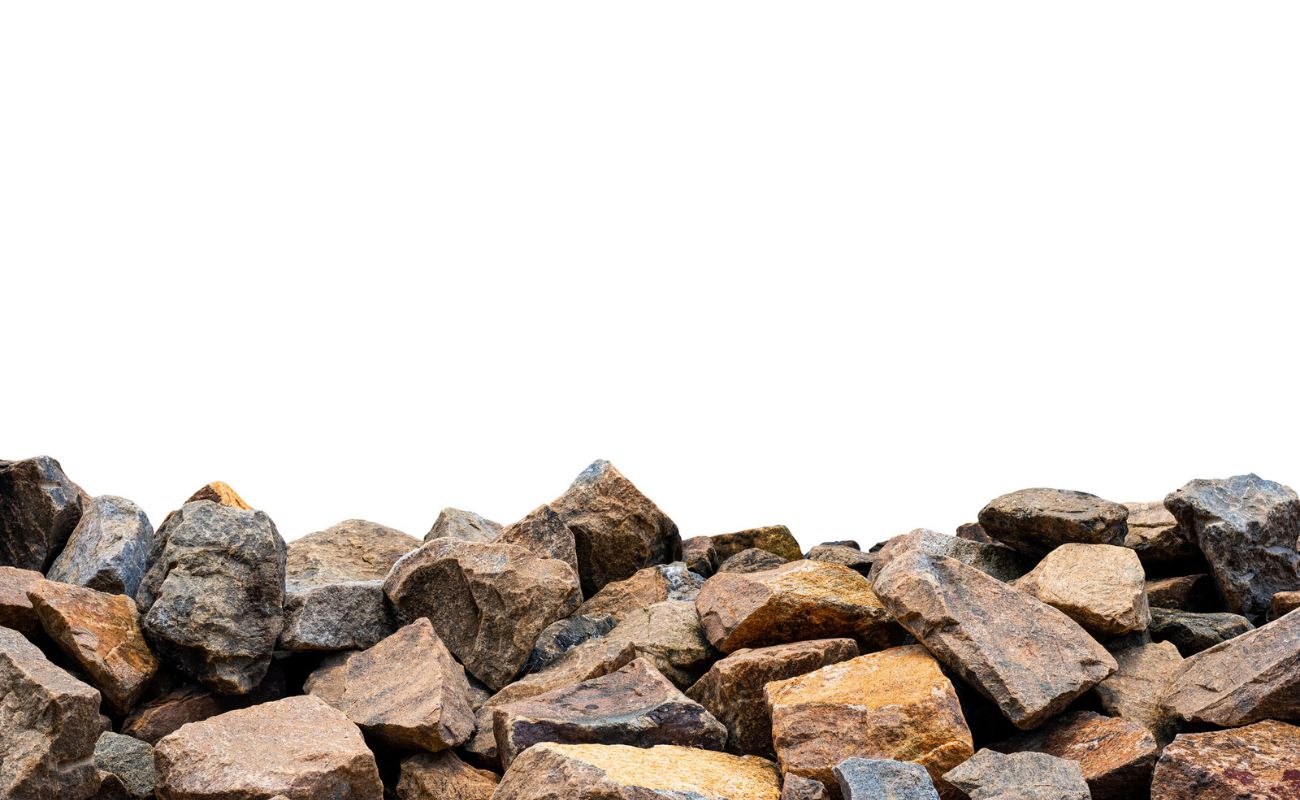

Garden Essentials
Where Can I Collect Landscaping Rock On Public Land?
Modified: March 7, 2024
Find the perfect garden landscaping rock as we guide you on where to collect it from public land, ensuring a stunning and budget-friendly outdoor space.
(Many of the links in this article redirect to a specific reviewed product. Your purchase of these products through affiliate links helps to generate commission for Storables.com, at no extra cost. Learn more)
Introduction
Landscaping rocks are a versatile and attractive addition to any garden or outdoor space. They can be used to create pathways, accentuate features, or even build rock gardens. While you can purchase landscaping rocks from local suppliers, collecting them from public land can be a more cost-effective and sustainable option. However, it’s important to familiarize yourself with the rules and regulations before embarking on your rock-collecting adventure.
In this article, we will explore the various factors you need to consider before collecting landscaping rocks on public land. We will delve into the rules and regulations surrounding national parks and forests, Bureau of Land Management (BLM) land, state and local parks, roadside and trails, as well as the importance of obtaining permissions to collect rocks on private land.
By understanding these key aspects, you can ensure that your rock collection activities are legal, respectful of the environment and other visitors, and provide you with a stunning selection of rocks to enhance your garden.
Key Takeaways:
- Rock collection on public land requires thorough research and adherence to regulations to protect the environment and ensure safety. Always prioritize preservation and respect for other visitors during your rock-collecting adventure.
- When collecting rocks on private land, obtaining permission and respecting the landowner’s guidelines are essential. Express gratitude and maintain positive relationships to ensure a mutually beneficial experience.
Read more: Where Can I Buy Landscaping Rocks
Factors to Consider Before Collecting Landscaping Rock on Public Land
Before heading out to collect landscaping rocks from public land, there are a few important factors to consider. These factors will help ensure that you are abiding by the rules and regulations, protecting the environment, and staying safe during your collection process.
1. Research the rules and regulations: Different types of public land have varying rules regarding rock collection. It’s crucial to research and understand these regulations to avoid any legal issues. Contact the appropriate land management agency or visit their website for specific guidelines and permits required for rock collection.
2. Location and accessibility: Identify potential areas where rock collection is allowed on public land. Consider the accessibility of the location, taking into account factors such as distance from your home, terrain, and any necessary equipment or tools for collection.
3. Environmental impact: It’s important to minimize the environmental impact during rock collection. Avoid damaging habitats, disturbing wildlife, or causing erosion. Only collect loose rocks, and refrain from digging or removing rocks embedded in the ground. Leave no trace and ensure that the area looks undisturbed after your collection activities.
4. Safety precautions: Prioritize your safety during rock collection. Wear appropriate protective gear, such as gloves and sturdy footwear. Be cautious of uneven terrain, sharp edges on rocks, and potential wildlife encounters. Bring necessary supplies, including water, snacks, and a first-aid kit.
5. Quantity limitations: Many public land management agencies have restrictions on the amount of rock you can collect. Ensure that you are aware of any quantity limitations to avoid exceeding the allowed limits. Respect these limitations to preserve the landscape for future visitors.
6. Rock type selection: Different regions offer a variety of rock types. Take the time to research and educate yourself on the different rocks available in the area. Choose rocks that are suitable for your landscaping needs and aesthetic preferences. It can be helpful to consult with local rock and geology experts to identify the best rock types for your specific purpose.
7. Respect other visitors: When collecting rocks on public land, be considerate of other visitors who may also be enjoying the area. Avoid disturbing their experience or impeding their access to trails or viewpoints. Maintain a respectful distance and minimize noise pollution.
By taking these factors into account, you can ensure that your rock collection activities on public land are responsible, sustainable, and enjoyable. Remember, it’s essential to always follow the specific guidelines and regulations set by the land management agency to protect the natural beauty for future generations.
National Parks and Forests
National parks and forests are among the most cherished natural landscapes in the country, offering breathtaking views and diverse ecosystems. However, rock collection in these protected areas is heavily regulated to preserve the environment and maintain the integrity of these national treasures.
Collecting rocks in national parks is generally prohibited, as the emphasis is on preservation and conservation. The National Park Service (NPS) strictly prohibits removing any natural resources, including rocks, from its parks. This policy ensures that future visitors can experience the same pristine beauty and ecological balance.
Similarly, national forests also have restrictions on rock collection. While some national forests may permit rock collection for personal use, it is crucial to check with the specific forest’s district office or visitor center for the rules and regulations. The U.S. Forest Service manages national forests and can provide guidance on permissible rock collection areas and limitations.
Even if rock collection is allowed in certain areas of national forests, there are typically restrictions to prevent ecological harm. These restrictions may include limitations on the quantity of rocks collected or restrictions on specific rock types or sizes that can be taken.
It’s important to remember that national parks and forests are not just beautiful landscapes, but also vital habitats for countless plant and animal species. Altering these ecosystems by removing rocks can have severe consequences, upsetting the delicate balance and potentially damaging fragile ecosystems.
Instead of collecting rocks in national parks and forests, use these protected areas as inspiration for your landscaping projects. Take photographs and make notes about the natural rock formations, colors, and textures you encounter. Use this information to source similar rocks from local suppliers or find alternative areas where rock collection is permitted.
By respecting the rules and regulations of national parks and forests, we contribute to the preservation of our natural heritage and ensure that future generations can continue to enjoy these magnificent landscapes.
Bureau of Land Management (BLM) Land
The Bureau of Land Management (BLM) manages millions of acres of public land throughout the United States. This land includes vast stretches of diverse landscapes, from deserts to forests, where rock collection may be permitted under certain conditions.
Before embarking on your rock-collecting adventure on BLM land, it is important to research the specific regulations for the area you plan to visit. Each BLM district office may have its own guidelines and permits required for rock collection.
In some BLM areas, rock collection for personal use is allowed. However, commercial rock collection or removal of rocks for resale is generally prohibited without a valid permit. The BLM sets limits on the quantity of rocks that can be collected to ensure sustainable management of resources and prevent ecological damage.
When collecting rocks on BLM land, it’s essential to be mindful of the environment. Avoid damaging vegetation, disturbing wildlife, or causing erosion. Stick to the designated roads and trails, and only collect loose rocks that are easily displaced. Refrain from digging or removing rocks that are embedded in the ground, as this can disrupt the ecosystem.
Following these guidelines not only ensures compliance with BLM regulations but also helps in maintaining the natural beauty and integrity of these public lands. Remember that BLM land is shared by many visitors, so being respectful and considerate of others is paramount.
If you are unsure about the regulations or permitted collection areas on BLM land, contact the appropriate BLM office or visit their website for detailed information. They can provide you with accurate and up-to-date guidance specific to the district you wish to explore.
Utilizing BLM land as a source for landscaping rocks can be a great way to find unique and natural elements for your garden. By adhering to the rules and preserving the environment, you can enjoy the thrill of rock collection while contributing to the responsible stewardship of public lands.
Check with local government agencies for permits and regulations before collecting landscaping rock on public land. Look for areas with exposed rock formations or riverbeds where rock collection may be allowed.
State and Local Parks
State and local parks offer a wealth of natural beauty and recreational opportunities for visitors. In some cases, these parks may allow rock collection for personal use, but it’s important to familiarize yourself with the specific rules and regulations of each park before embarking on your collection endeavors.
State and local park regulations regarding rock collection can vary widely. Some parks may have explicit rules prohibiting rock collection, while others may have designated areas where it is allowed. It is crucial to research and contact the park office or visit their website for information regarding rock collection policies.
When collecting rocks in state and local parks, always prioritize the preservation of the natural environment. Stay on designated trails and paths to minimize disturbance to delicate habitats and prevent soil erosion. Avoid damaging vegetation or disturbing wildlife.
Some parks may have restrictions on the size or quantity of rocks that can be collected, so be sure to adhere to any limitations specified. Additionally, consider using sustainable collecting practices such as taking only what you need or leaving rocks that can serve as habitats for small creatures.
Be respectful of other park visitors and avoid obstructing paths or impeding their access to designated areas. If you encounter any signs that indicate certain areas are off-limits for rock collection, abide by these restrictions to ensure the continued enjoyment of the park for everyone.
Avoid taking rocks that are essential to the park’s aesthetic or natural landscape. Remember that these parks are public resources meant to be enjoyed by all, so leaving the rocks in situ allows future visitors to appreciate their beauty and contributes to the overall preservation of the park.
Lastly, always clean up after yourself and leave the park as you found it. Properly dispose of any trash or waste and be mindful of the impact you leave behind.
State and local parks can be a great source of unique and beautiful rocks for your landscaping projects. By following the guidelines and respecting the rules set by these parks, you can indulge in rock collection while supporting the conservation efforts and preserving the natural beauty of these beloved recreational areas.
Read more: Where Can I Get Free Rocks For Landscaping
Roadside and Trails
One of the more accessible and convenient options for rock collection is along roadsides and trails. These areas often offer a wide variety of rocks and are easily accessible to rock enthusiasts. However, it’s important to be mindful of the rules and considerations when collecting rocks from these locations.
When collecting rocks along roadsides, ensure that you are parked in a safe and legal location. Do not impede traffic or create hazardous situations while searching for rocks. Additionally, be aware of any restrictions or regulations regarding rock collection along roadways, as some areas may have specific rules to protect both the environment and public safety.
Trails can also be fantastic places to find interesting rocks. However, it’s crucial to familiarize yourself with the rules and guidelines of the trail system before collecting any rocks. Some trails may have restrictions on rock collection to preserve the natural ecosystem and maintain the trail’s aesthetics.
Collecting rocks from roadsides and trails comes with a responsibility to be mindful of the environment and other visitors. Stick to the designated pathways and avoid veering off into protected areas or sensitive habitats. Be respectful of the natural beauty and leave rocks that contribute to the overall experience and landscape of the roadside or trail.
Keep in mind that rocks play a crucial role in the ecosystem, providing habitat for various organisms. Avoid collecting rocks that are used as shelters or nesting sites by animals. It is important to respect the natural balance and leave rocks undisturbed in their natural environment.
Before collecting rocks from roadside or trail areas, it is always considerate to check with local authorities or park rangers to ensure that your actions are in line with any regulations or restrictions that may be in place. This way, you can enjoy the thrill of rock collecting while remaining respectful of the natural environment and other visitors.
Remember to leave the areas clean and free of any litter or debris. By following these guidelines and being mindful of your impact, you can collect rocks responsibly, contribute to the preservation of the environment, and enjoy the beauty of rocks in your landscaping projects.
Private Land Permissions
While public lands offer opportunities for rock collection, it is important to acknowledge that private properties may also boast stunning rock formations and potential resources for your landscaping needs. However, it is crucial to obtain proper permissions before collecting rocks on private land.
When it comes to private land, the owner has the right to dictate whether or not rock collection is permitted. It is essential to respect their property and adhere to their regulations. If you are interested in collecting rocks on private land, take the following steps:
1. Obtain permission: Contact the landowner or property manager and seek their permission to collect rocks. Some landowners may give you explicit permission, while others may have specific guidelines or limitations in place.
2. Be clear about intentions and limitations: When communicating with the landowner, clearly state your intentions and discuss any limitations they may have. This can include the quantity of rocks you are allowed to collect, specific areas where collection is permitted, or any guidelines for minimizing environmental impact.
3. Respect the land: When collecting rocks on private land, be mindful of any landscaping or other features that may be present. Avoid causing damage to gardens, structures, or other designated areas. Follow any specific instructions provided by the landowner to ensure a positive experience for both parties.
4. Express gratitude: After obtaining permission and collecting rocks, it is important to express gratitude to the landowner for allowing you access to their property. A simple thank-you note or a small token of appreciation can go a long way in maintaining a positive relationship.
Remember that private landowners have the right to change their permissions or guidelines at any time. Always seek permission each time you plan to visit a private property for rock collection to ensure that you are up to date with any changes in regulations.
By following these steps and obtaining proper permissions, you can responsibly collect rocks from private land while respecting the rights of the landowner. This approach fosters positive relationships and allows for a mutually beneficial experience.
Keep in mind that some landowners may request a fee or may not grant permission for rock collection, and it is important to respect their decision. There are plenty of other opportunities available, such as public lands or purchasing rocks from local suppliers, to fulfill your landscaping needs.
Conclusion
Collecting landscaping rocks can be a rewarding and environmentally sustainable way to enhance your garden. However, it is crucial to approach rock collection on public land with knowledge and respect for the rules and regulations in place. By following the appropriate guidelines, we can preserve the natural beauty of these landscapes and ensure that future generations can also enjoy them.
Prior to collecting rocks on any type of public land, conduct thorough research to understand the specific regulations governing that area. National parks and forests are generally protected and prohibit rock collection to preserve their pristine ecosystems. Bureau of Land Management (BLM) land may permit rock collection for personal use, but it is important to adhere to their guidelines and obtain any necessary permits.
State and local parks offer a potential source of rocks, but regulations can vary, so it is essential to check with park authorities before collecting. Similarly, when collecting rocks along roadsides and trails, be mindful of any specific restrictions or guidelines and prioritize the preservation of the surrounding environment.
When seeking to collect rocks on private land, always obtain the landowner’s permission and respect their instructions and limitations. Express gratitude for the opportunity and maintain a positive relationship with the landowner.
By considering these factors and following the necessary protocols, you can engage in responsible rock collection and contribute to the sustainable management of these natural resources. Remember to prioritize the preservation of the environment, respect other visitors, and leave the land undisturbed for future enjoyment.
As you embark on your rock collection journey, keep in mind that there are alternative sources for landscaping rocks, such as local suppliers. This way, you can find the perfect rocks for your garden without impacting the delicate balance of public lands.
With a focused and conscientious approach, you can add the beauty and charm of landscaping rocks to your outdoor space while preserving the natural wonders that surround us.
Frequently Asked Questions about Where Can I Collect Landscaping Rock On Public Land?
Was this page helpful?
At Storables.com, we guarantee accurate and reliable information. Our content, validated by Expert Board Contributors, is crafted following stringent Editorial Policies. We're committed to providing you with well-researched, expert-backed insights for all your informational needs.

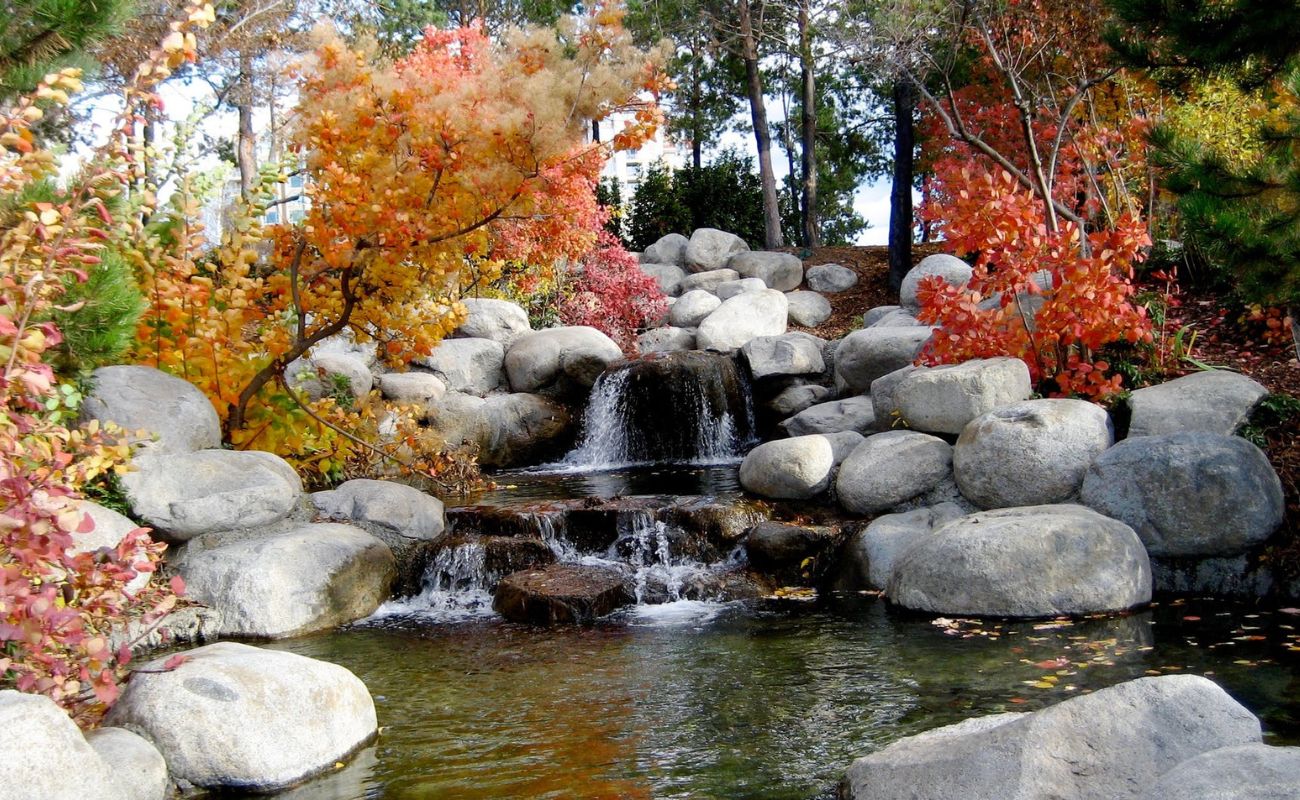
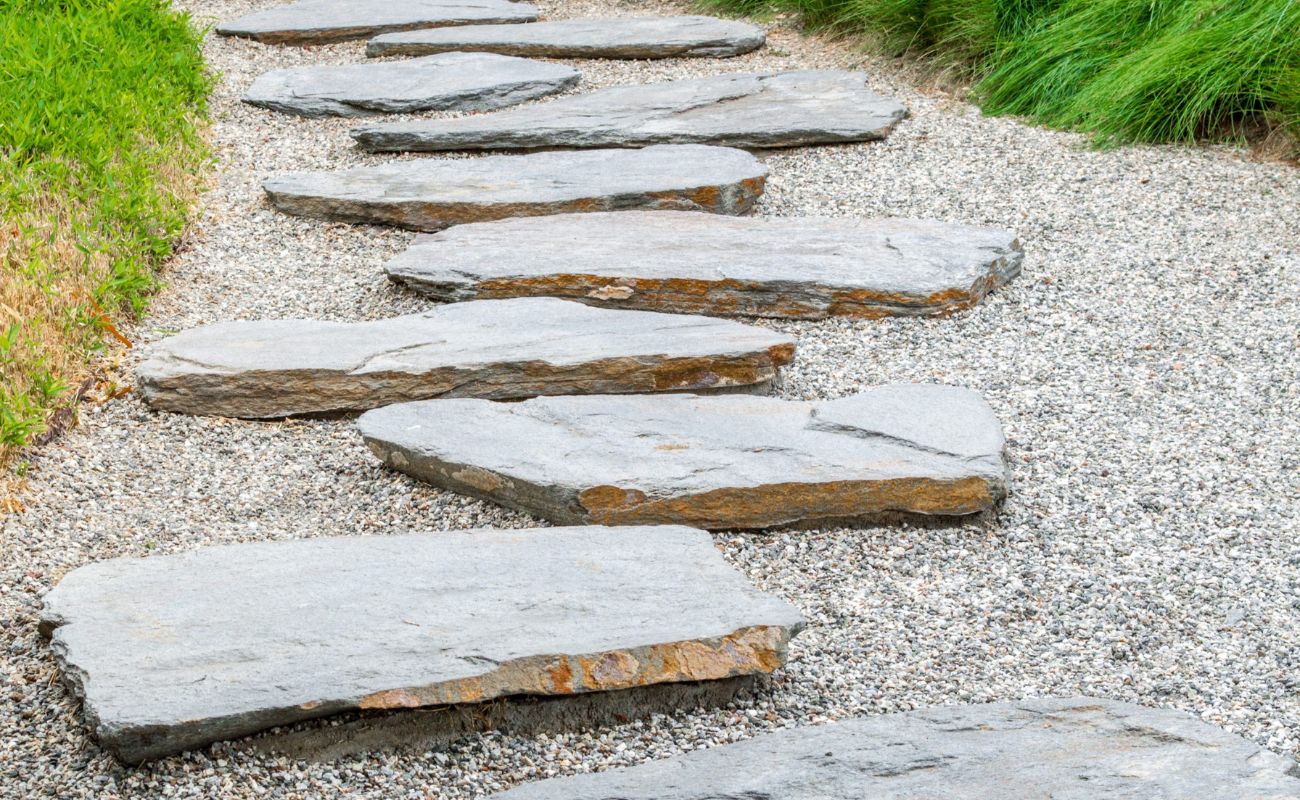
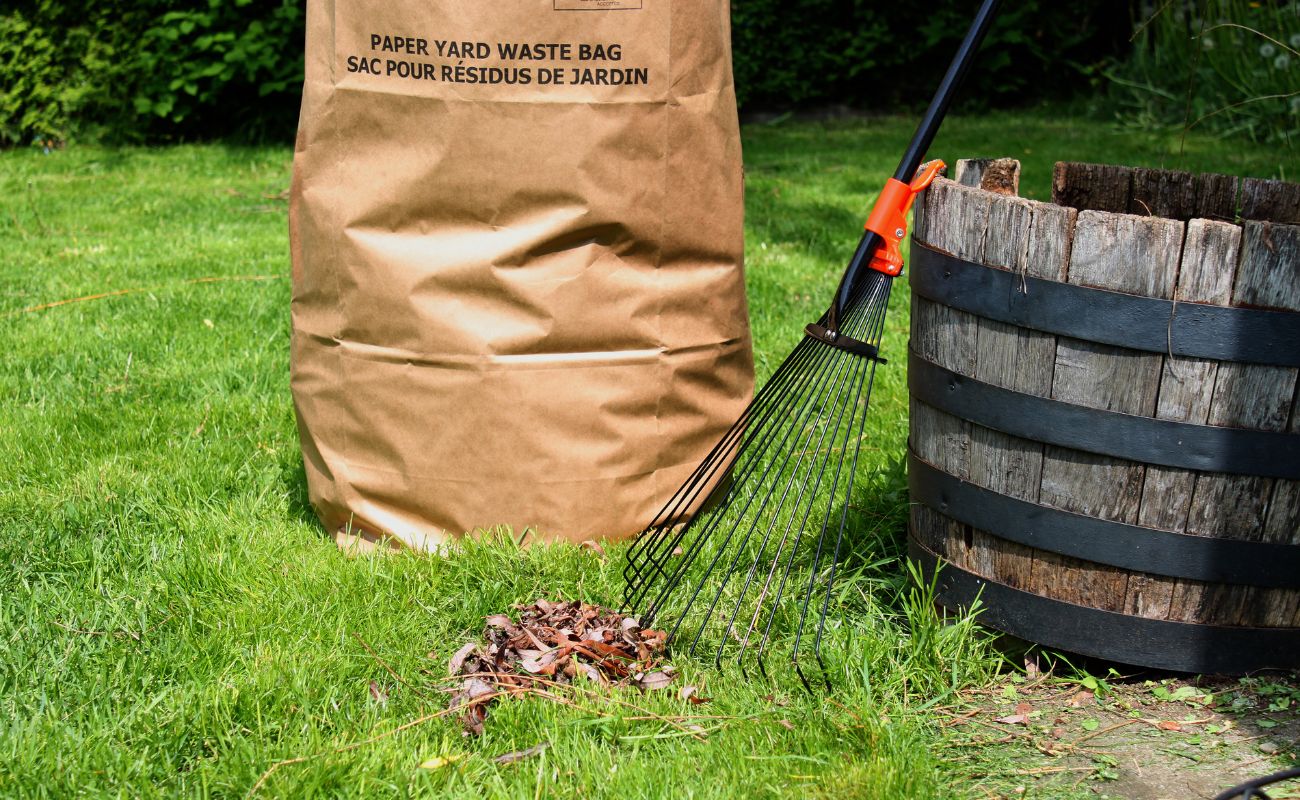






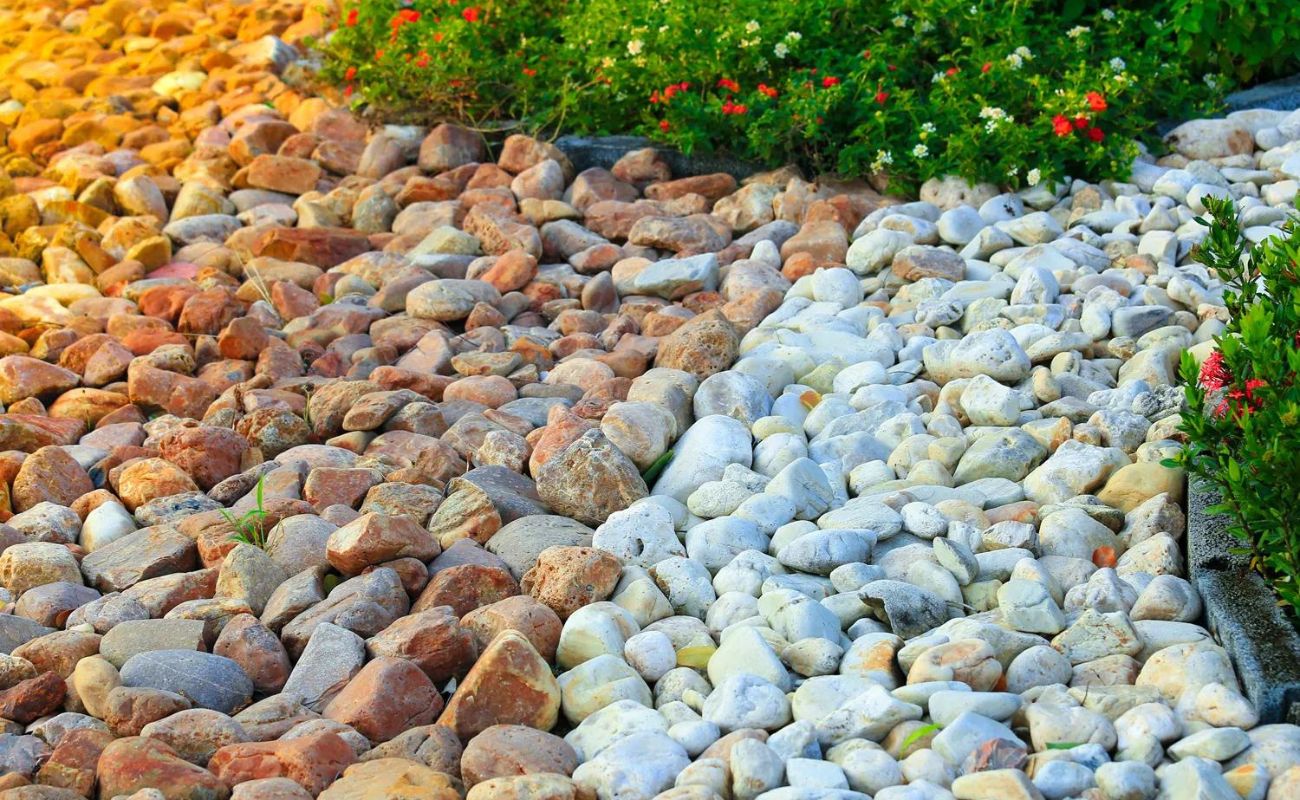
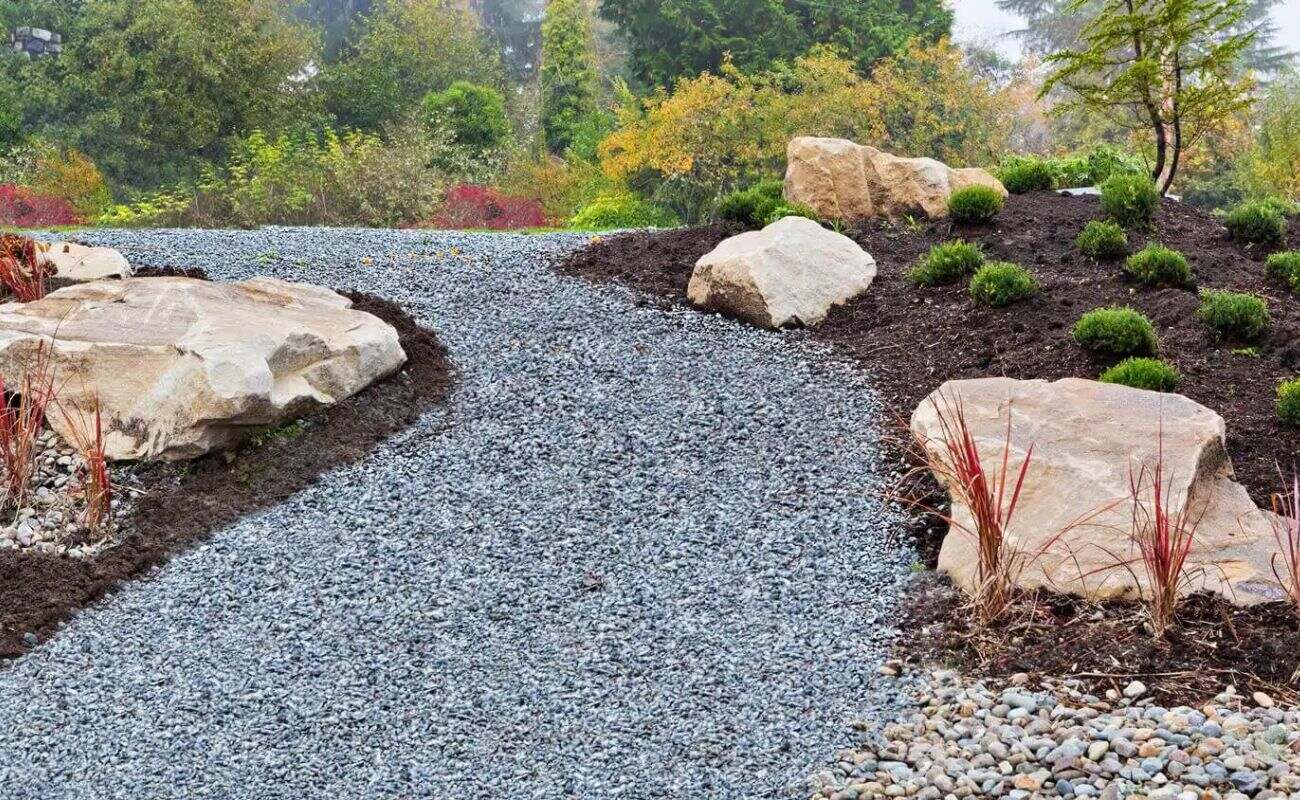



0 thoughts on “Where Can I Collect Landscaping Rock On Public Land?”